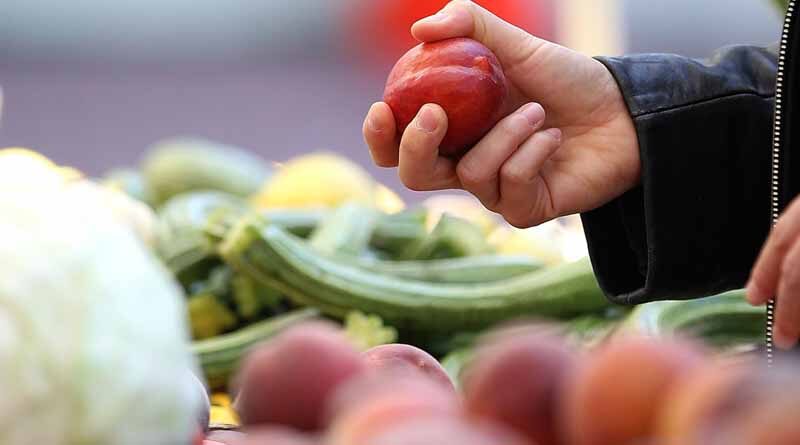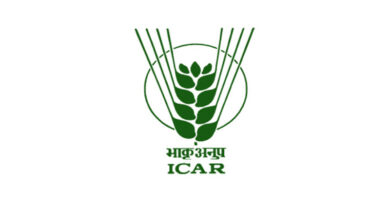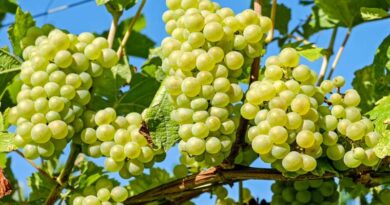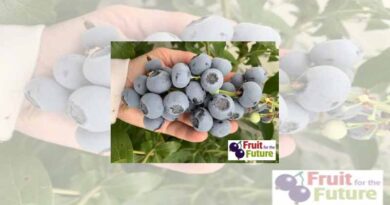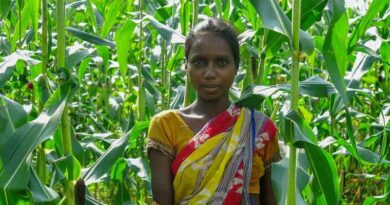The History of Fruit Breeding: Celebrating 20 Years Advancing the Industry
Guest Author: Dr. Chris Owens, Lead Plant Breeder at IFG
10 June 2021, UK: The fruit industry has dramatically changed over the last 20 years, and IFG is celebrating the pioneering advancements we have brought to the world of fruit breeding. IFG showed that a table grape could be so much more, providing a new and interesting consumer experience with the Cotton Candy™ grape. During the past 20 years, there has been a steady increase in the growth of proprietary fruit breeding programs and IFG has been very successful by placing a greater emphasis on consumer acceptance of our new varieties. With each step forward, IFG continues to secure its place in the agricultural space, and we are proud to be a source of vision and advancement in the industry.
How fruit breeding has changed
Taking the table grape and making it not just an option at the store, but something that consumers seek out is a huge change in the industry. Until recently, most grape varieties were created with public funding and supported by universities and government agencies. There was little variety beyond the three main colors, and grapes were primarily bred for appearance or the ability to be stored for long periods of time. However, as consumer demand is changing with more sophisticated palates seeking out unique flavors, textures and experiences, the industry is undergoing a gradual shift to more proprietary programs and varieties. There have also been some major technological advances in the last 20 years that allow plant breeders to more quickly develop new varieties of fruit.
Recent developments in table grapes and cherries
One of the interesting things that’s happened over the last 20 years is that IFG has increasingly placed the emphasis on breeding for consumer traits. This is a trend that is likely to continue for table grapes and other agricultural products. With the introduction of the Cotton Candy™ grape, we created a grape that was recognizable by name and taste. There’s a lot going on behind the scenes through the breeding process that leads to new varieties becoming available, and like the Cotton Candy™ grape, these breeding advancements will have a great effect on the industry. However, it’s a slow process as grapes and cherries are woody plants that take several years to come into bearing. There are several stages of testing, and each requires starting with young plants that you need to wait to bear fruit. It can take up to 10 years, at the fastest, for a new grape variety to be bred from scratch.
Not only do we want to breed fruit that tastes the best and is nutritious, but we need to address other challenges, such as climate change. As the planet gets warmer and the population grows, this could potentially lead to food shortages. Plant breeders have a responsibility to do what we can to breed plants that not only taste great but can withstand greater environmental stress and a changing climate. This means we’re looking to breed plants that can withstand temperature extremes, prolonged periods of drought, unexpected rainfall and have improved disease resistance to reduce pesticide use and can be grown throughout the year.
IFG over the last 20 years
The introduction of the Cotton Candy™ grape was notable because it is the first table grape variety recognized by name. While this is normal for some fruits, such as apples, table grapes historically have not been sold by name. Consumers were only able to identify them on color alone, making variety name recognition in the table grape industry an incredible accomplishment. IFG’s introduction of the Sweet Sapphire™ grape also created a new category of table grapes with a novel shape. There are other flavored table grape varieties that existed before IFG, but IFG was the first breeding company to attain substantial global production and market introduction of strongly flavored varieties. Traditional table grapes are mostly sweet and neutral with virtually no flavor or aroma, and IFG has taken the table grape to the next level to create a superior consumer experience with craveable entries to the market.
The future of fruit breeding
The past 20 years have brought incredible advances and changes to the table grape and cherry industries. IFG has seen great success in a variety of areas, but the company’s most significant success has been in creating a table grape that is recognizable by name and color and sought out specifically by consumers. IFG also advocates for consumer interests, an industry trend expected to grow as grapes and other agricultural products rely more on private funding. Other current trends will also continue, and fruit breeders will place more emphasis on consumer traits and improvements in environmental adaptation. The horticulture industry should expect to see more changes in the future, with many technological advances, such as increased use of mechanization and robotics. We should also expect to see new varieties for those settings, particularly the possibility of a stem-free cherry, which would make mechanized harvesting much easier. Overall, plant breeders at IFG are looking toward the future and creating advancements in almost every facet of table grape and cherry production.
Also Read: Permission for Remote Sensing to Support Pradhan Mantri Fasal Bima Yojana

